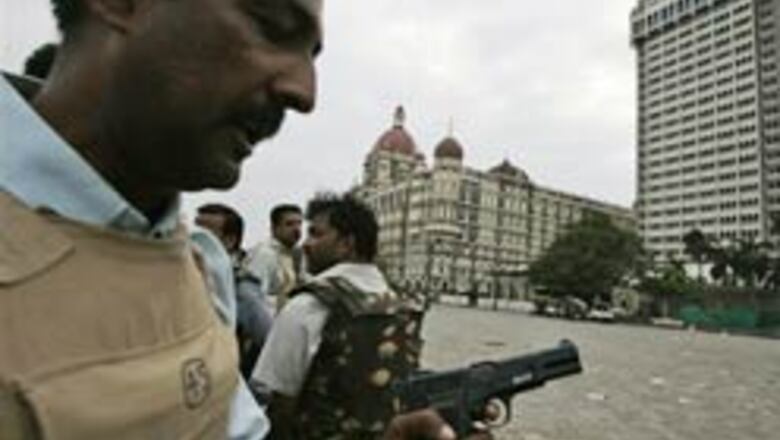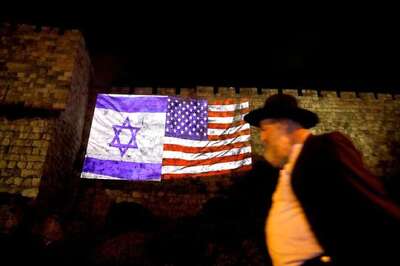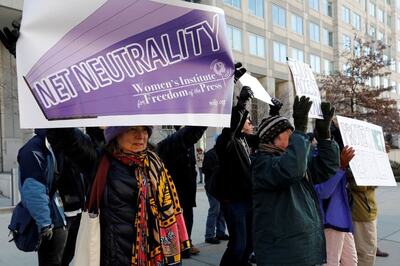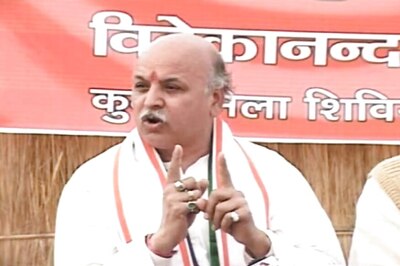
views
The Taj Mahal hotel, with its combination of Moorish and Florentine architecture, is a wonderful place to hang out in, sipping coffee in the Sea Lounge or having a relaxed drink in the Apollo Bar on a nice clear November day. But the same inviting structure became a nightmarish catacomb when it turned into a war zone on November 26.
“The art of urban warfare itself is new and fighting inside a large skyscraper is newer still,” says Captain Raghu Raman, a former army man and now an intelligence consultant. Conventional battles are normally fought in plains, jungles or hills. Over time, thumb rules have evolved on how many people it would take to defeat an entrenched enemy in such terrains. “Typically, in the plains or a jungle you would need three men for every enemy person already entrenched there. On the hills the ratio changes and you need five men to take out one person from the enemy side,” says a Major in the Indian Army on the condition of anonymity. He has seen commando action in Kashmir.
In a high-rise like the Oberoi Trident hotel or the Taj Mahal Tower, these calculations go out of the window. “A small group of people can engage a force that may be ten times larger than them,” says the Major. A hotel with 27 floors like the Oberoi or as many rooms as Taj—565 in all—offers the enemy immense space to manoeuvre,” says a Lieutenant Colonel in the Indian Army who has served in Africa and in North East India. This poses huge challenges for the Indian Army to take on the terrorists who are holed up in the Taj or the Oberoi. To understand this, consider a situation from Kashmir that has a minor resemblance to what has unfolded in Mumbai.
“In Kashmir, we would get a tip off in a place like, say Kupwara, that militants were holed up in a house. We would just go and surround a wider area. Then we would make announcements to get the civilians out of the area. Since the houses there are maximum two or three floors, we would then lay a siege and then we would exchange firepower. In due course, we would enter the house from the top through a helicopter lift to get the militants. Because the houses were of a smaller area it was easier to do this than in Taj or Oberoi,” says the Major.
PAGE_BREAK
In a large hotel, the terrorists can move from room to room and from floor to floor. “Typically, the National Security Guard (NSG) uses a team of four members as a basic unit in such operations. So two members attack, while the other two provide cover. In a hotel like the Taj, with hundreds of rooms, you will need at least four people per room to hold the rooms to ensure that terrorists don’t retake the rooms that have been cleaned,” says the Major.
The irony of the situation is to be appreciated. While the terrorist has enormous space to operate in, the Army has constraints. The first constraint is clearly the large number of personnel required. The tactics too get affected.
Technically, there is a three-step sequence in conventional warfare. Step one is to use the artillery to pound the enemy and destroy the buildings. In step two, tanks and missiles are used to shock the enemy. The last step is to cordon off the area and lay siege so that the enemy is not able to replenish food and ammunition supplies. This leads to a drop in morale and eventual surrender. In a high-rise, none of these tactics work.
“Even cordoning or surrounding the enemy doesn’t work because the enemy inside Taj or Oberoi has no fixed defenses, so how do you attack him,” says the Major. So in the Oberoi for instance, the terrorists kept moving between the 16th and the 18th floor, through staircases and elevator shafts. “It is very draining for commandos to secure a floor, move up and then to hear gun fire again from a lower floor,” says the Major.
The short answer to this problem? Stealth and technology. Most operations against an enemy inside a building need an entry from the top of the building, simply because the lower reaches are usually well defended. “You can’t have a situation where you have the ground forces cordoning off the building moving back or the fire engines moving away because that just gives away the motive,” says the Lieutenant Colonel.
If stealth is achieved then at least three pieces of technology are a must: a sniper rifle, a thermal imaging device and finally a stun gun or gas gun. The sniper rifle is for precision shots because if there are hostages involved then machine gun would just end up killing even the hostages. “Indian army uses Dragunov sniper rifles that are incredibly accurate,” says an army source.
PAGE_BREAK
Then, of course, there is the use of thermal imaging equipment. This device can use the heat generated from the human body to “see” through walls. So this equipment can be used from outside the hotel to estimate the number of terrorists. “Indian armed forces have both types of equipment: fixed and portable. Fixed thermal imagers have a range of 5 kilometres in open ground. The portable ones are like binoculars and have a range of 500 metres. Even inside a hotel, they can see through at least four-five rooms quite easily,” says the Major.
There is also the option of using a gas that can slow down the reflexes of the terrorists. The problem is that old people may not be able to handle the effect of this gas in case they are hostage.
But this form of warfare is relatively new for India. It is the job of a specialised unit like the NSG. The NSG has four units, two of which are anti-hijack and anti-hostage and they are the ones ideally positioned to take on such an assignment in India. “In the Oberoi and Taj event, there was a delay in bringing the NSG for sure and there were far too many agencies trying to tackle the situation. Only NSG has the expertise to do this,” says the Major. India would do well to swell its rank if the events in Mumbai are anything to go by.
(Shishir Prasad is Deputy Editor with the new business magazine to be launched by Network18 in alliance with Forbes, USA. )




















Comments
0 comment